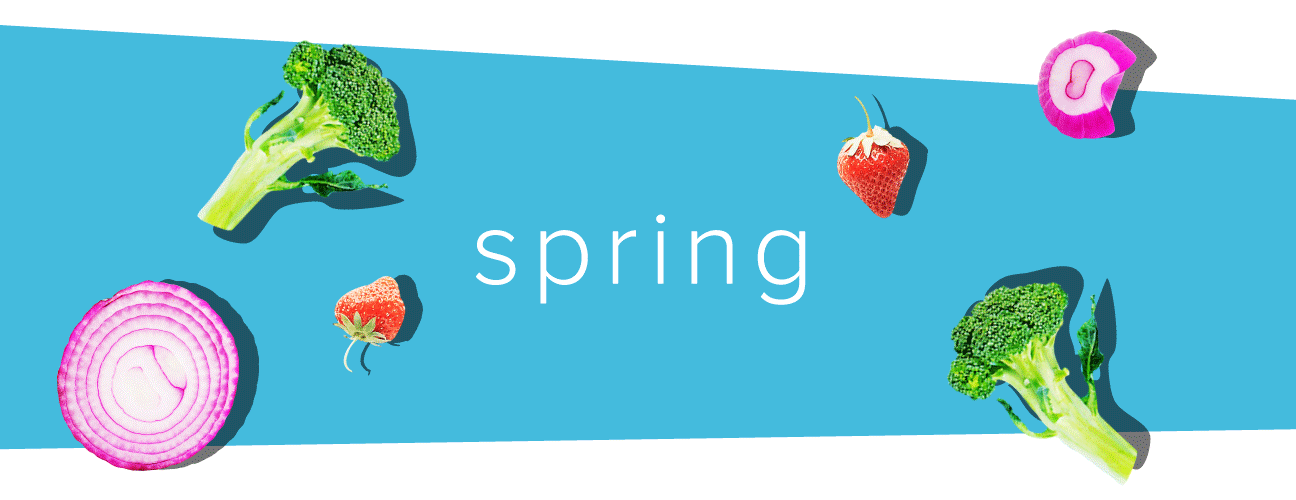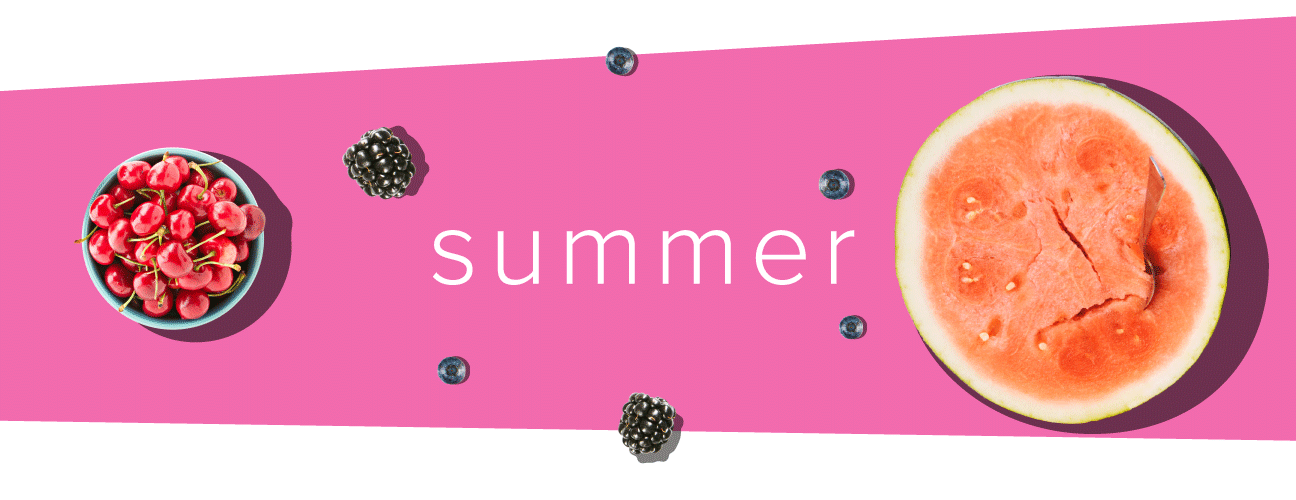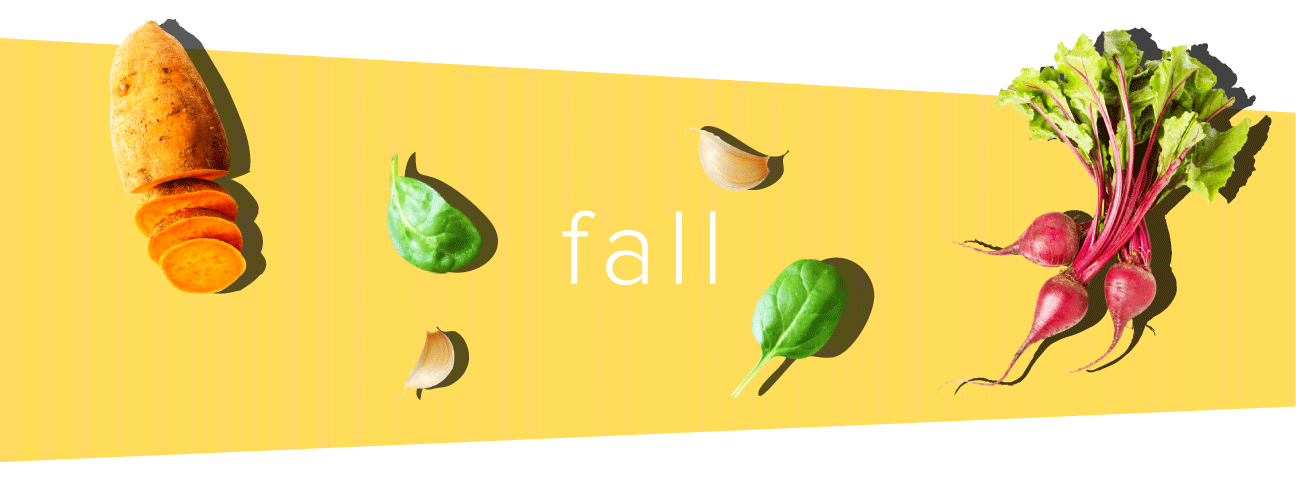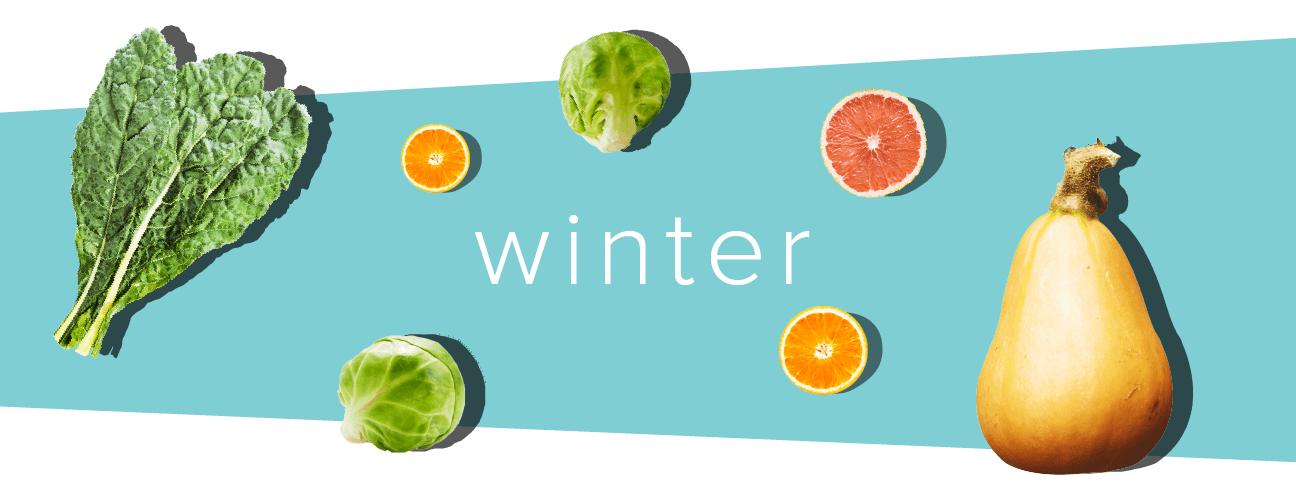12 Seasonal Foods to Help Manage Rheumatoid Arthritis (RA)
June 29, 2020
Content created for the Bezzy community and sponsored by our partners. Learn More



What are the best types of foods to eat?
Managing inflammation is an essential part of living with rheumatoid arthritis (RA).
RA is a chronic condition in which the immune system attacks tissues, causing inflammation and pain in the joints and sometimes throughout the body.
Medications are available to manage RA, but dietary choices may also play a role.
Anti-inflammatory diet
Whole foods, especially plant-based foods like vegetables, fruits, beans, nuts, and seeds, are excellent sources of vitamins, minerals, and beneficial plant compounds.
Many of these plant-based foods function as antioxidants in the body. These nutrients may help manage inflammation and support overall health.
Foods to eat
Plant-based foods to involve in your diet include:
- fruits
- vegetables
- beans
- nuts
- seeds
- whole grains
Antioxidant is a broad term for a number of substances that help protect against cellular damage caused by unstable molecules called free radicals.
Antioxidants help inhibit cellular damage and can also help reduce inflammation, which is especially helpful in treating RA.
Research has shown that for people with RA, a diet high in antioxidants, especially from vegetables, fruits and spices, may help:
- reduce inflammation
- improve symptoms
- slow disease progression
The Mediterranean diet, which is high in antioxidant-rich foods like vegetables and olive oil, may be particularly beneficial for improving symptoms in those with RA.
In some cases, the pigments that give foods like vegetables, spices, and fruits their color also act as antioxidants.
Eating fruits and vegetables with a wide variety of colors will provide a range of antioxidants that may help benefit people with RA.
Foods to avoid
On the other hand, some foods can make inflammation worse. They include:
- deep-fried foods
- processed food
- processed meat products
- sugary drinks
- alcohol
- refined grains, such as those found in white bread
Learn more about an anti-inflammatory diet for RA.
Choosing foods for RA
- Incorporate a variety of colors into your meal plan to stay healthy and reduce RA symptoms.
- Eating whole, unprocessed foods will contribute to your overall health, and may help manage inflammation.
- Seasonal fruits and vegetables are often cheaper and more nutritious than imported, out-of-season produce.
Benefits of eating what’s in season
When shopping for fruits and vegetables, look for what’s in season and focus on local produce.
Eating food that’s in season often means:
- Fruits and vegetables will be more reasonably priced.
- Nutrient levels may be higher, due to a shorter storage time.
- Foods are more likely to be naturally ripened, as they don’t have to travel so far.
Visiting local produce markets and finding recipes to utilize seasonal produce can also make cooking more fun.
Spring fruits and vegetables

Where you live will affect:
- what’s available locally or as imports
- how long the season is
- what time of year items are available
The following are just some of the seasonal fruits and vegetables in many places, but not all.
Broccoli
Broccoli contains:
- vitamins K and C
- sulforaphane
- calcium
The vitamin C in broccoli is essential for immune function.
Try roasted broccoli or steamed broccoli for an easy side dish. Find some more tips and recipes here.
Learn more about the health benefits of broccoli.
Collard Greens
Collard greens are dark, leafy vegetables that are rich in vitamins, nutrients, and minerals.
They contain:
- fiber
- folate
- vitamins A, C, K1, and B vitamins
- calcium
- iron
To maximize the nutritional benefits, eat your collard greens steamed, in salads, or smoothies and juices.
Learn more about collard greens and other healthy green vegetables.
Onions
Onions contain compounds with antioxidant and anti-inflammatory properties.
Along with garlic, another Allium vegetable, onions may also:
- help manage cholesterol
- prevent liver disease
- reduce the risk of gastrointestinal cancer
Onions are versatile. You can use them to:
- flavor sauces and soups
- add a punch to salads and sandwiches
- roast or grill them as a side dish
Learn more about onions and their nutritional value.
Strawberries
Fresh strawberries are available from late spring to early summer in many places.
Strawberries contain folate, vitamin C, anthocyanins, and antioxidants, which can help reduce inflammation.
Strawberries are delicious on their own, in a fruit salad, or as a topping for yogurt with breakfast.
Summer fruits and vegetables

Berries grow in summer and fall in many areas. They’re rich in antioxidants and the perfect addition to salads, breakfast cereal, or delicious on their own. There are many to choose from.
Blackberries
Anthocyanins are pigments that act as antioxidants. They give fruits and vegetables their blue, purple, and red colors.
Blackberries and other red or purple fruits contain anthocyanins. Studies show anthocyanins may offer protection from various chronic diseases that involve inflammation.
Try blackberries with a small helping of fresh whipped cream or Greek yogurt for a light dessert.
Why are berries good for you? Find out here.
Blueberries
Blueberries also contain anthocyanins. Ripe blueberries are sweet and tender. One serving of blueberries is about a cup.
Incorporate them in your breakfast cereal or whole-grain pancakes to add nutritional value. Or just pop them in your mouth for a low-calorie, tasty snack.
Find out more about blueberries.
Cherries
Like berries, cherries have anthocyanins, vitamin C, and potassium.
If you’re lucky, there may be somewhere nearby where you can pick cherries from trees in the early summer months.
Eat cherries as a snack or add them to fruit salads. Remove the stones with a cherry pitter if you want to include cherries in a dessert recipe.
What are the health benefits of tart cherry juice?
Watermelon
This large, juicy fruit contains carotenoid antioxidants including lycopene and beta-cryptoxanthin, which may reduce RA symptoms.
Watermelon also has vitamins A and C and is full of water, which will help you stay hydrated in those hot summer months.
Sliced watermelon can be a refreshing snack at any time of day. You can also skewer it with other fruit to make it a dessert showpiece at a barbecue.
Fall fruits and vegetables

There’s more to fall than the gourds and root vegetables you may associate with the season.
Garlic
Garlic may help reduce inflammation due to its sulfur compounds.
A study in Arthritis Research and Therapy concluded that thiacremonone, a sulfur compound found in garlic, may be useful in treating inflammation and arthritis.
Use chopped or crushed garlic to flavor your sauces, casseroles, roasted vegetables, and soups. Or roast a handful of whole cloves with tray of vegetables.
Garlic and honey are used together as a traditional medicine in many places. Find out more.
Beets
These red root vegetables contain antioxidants that can decrease inflammation and may reduce the risk of cancer and cardiovascular disease, according to a 2015 study.
Beetroot can be delicious:
- grated, raw, in an autumn slaw
- in a salad with dark leafy greens and a creamy cheese
- boiled, peeled, sliced, and served with olive oil and vinegar
- roasted on their own
- blended into a fruit and vegetable smoothie
- as the main ingredient in borscht, or beetroot soup
To eat cold, boil whole for around 1 hour, allow to cool, then peel and chop or slice.
How can beetroot help manage diabetes?
Sweet potatoes
Sweet potatoes can be a great addition to your diet because they contain antioxidants such as vitamin C and beta-carotene, as well as fiber.
You can boil, mash, roast, or bake sweet potatoes, and they are a favorite side dish at Thanksgiving.
You can also use them instead of regular fries. To make sweet potato fries, Julianne the sweet potatoes, use a light coating of olive oil, and bake them until they are crispy.
Learn more about the benefits of sweet potato.
Spinach
Spinach is a dark green, leafy vegetable. It’s loaded with nutrients, including:
- folate
- provitamin A
- vitamin K1
- magnesium
- calcium
Spinach is a versatile vegetable that you can use:
- in salads
- sautéed with olive oil
- tossed into smoothies
- as juice
- in soups, stews, lasagna, pies, and other savory dishes
Get some spinach recipes here.
Winter fruits and vegetables

You may not associate fresh produce with the winter months. There may be fewer options than at other times of the year, especially if you live in colder climates, but a range of fresh fruits and vegetables will still be available.
Kale
Kale is highly nutritious and may help with inflammation. Like spinach and collard greens, it contains vitamin K1 as well as many other important nutrients including vitamin C, potassium, magnesium, and calcium.
You may enjoy kale in salads or even as kale chips, which is baked kale that has been tossed in a light coating of olive oil and seasoned with salt.
Find some more kale recipes here.
Citrus
You can brighten the cold winter months with a dose of citrus.
Citrus fruits have lots of vitamin C, which can help the joints and support the immune system.
Try the following:
- orange segments as a snack or desert
- half a grapefruit for breakfast
- lemon juice in homemade salad dressings or to freshen sauces, lean meat, fish, or vegetables
- warm lemon and honey drink to soothe a winter cold
Winter squash
Like sweet potatoes, winter squash contains anti-inflammatory plant compounds like carotenoids. They’re also high in fiber.
Varieties include:
- butternut squash
- acorn squash
- pumpkin
Winter squash are versatile and can be roasted, cooked in soups, and stuffed with whole grains, nuts, and seeds.
Try curried butternut squash soup to warm you up on a cold winter day.
Brussels sprouts
Brussels sprouts are a cruciferous vegetable that offers key nutrients, including:
- vitamin K1
- vitamin C
- fiber
- folate
The nutrients in Brussels sprouts may have anti-inflammatory and anti-cancer properties. Studies suggest that people who eat a lot of cruciferous vegetables may have a lower risk of dying from any cause.
To eat Brussels sprouts:
Roast them, halved or quartered with olive oil, a dash of salt, and pepper for an easy side dish.
Roast the leaves to make Brussels sprout chips.
What are some other health benefits of Brussels sprouts?
Tips for storing fruits and vegetables
If you grow your own fruits and vegetables or pick them locally, you can freeze, can, pickle, or otherwise preserve them to use throughout the year.
Some vegetables and fruits should be left at room temperature or even stored in a cool, dark place. Many keep longer if stored in the refrigerator.
If you purchase foods from a local farmer’s market, ask the seller how they recommend storing the produce.
For more tips on storing fruits and vegetables, click here.
Pesticides and contamination
Some people have concerns about contamination in fresh fruits and vegetables due to farming practices.
If you have such concerns, you can try:
- buying locally from people you know, and asking about their practices
- buying organic produce
- growing your own, if you have a garden
To check the levels of pesticides that may be present in different types of fruits and vegetables, click here.
Find out more about pesticides in foods.
Bottom line
Eating fruits and vegetables regularly have various health benefits. For people with RA, they may help combat inflammation in the body.
Try to eat several cups of fruits and vegetables a day. Choose produce that’s in season to maximize the nutritional value and keep your budget reasonable.
Eating fruits and vegetables may help with inflammation, but you’re likely to need additional interventions to manage your RA.
Talk to your doctor about an appropriate treatment plan and any dietary changes you’re thinking of making.
Medically reviewed on June 30, 2020
22 Sources


Like the story? React, bookmark, or share below:
Have thoughts or suggestions about this article? Email us at article-feedback@bezzy.com.
About the author